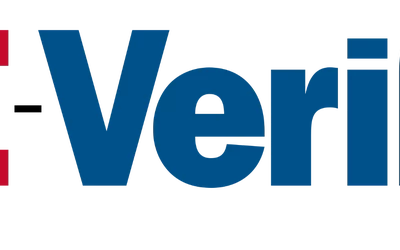Adverse action lawsuits have popped up often in the past two years, and yet because the instance of an adverse action issue arising is rare compared to the number of applicants processed, companies often neglect compliance in this key area. In order to be in full compliance with the FCRA, three steps are critical:
- Notifying the applicant prior to the hiring decision of potentially adverse information
- Supplying the applicant with the background check and other essential paperwork
- Providing the applicant with a second notice after the hiring decision has been made
This process is a continued source of frustration for many employers. The statute requires that a copy of the report and information on how to dispute the information be provided to the applicant. If you miss one step of the process, you could be forced to learn your lesson in court, defending a class action lawsuit. In recent news, Teletech admits that managers were not aware of the adverse action process “until instant litigation”. CVS, Disney, and Domino’s Pizza are some of the employers who have landed in court for skipping a step or two in 2014.
Why is the process so important? The applicant must be protected from erroneous information, which often appears on background checks. We have seen many instances of people with a common name, such as Michael Smith or Jane Black, whose background checks reflect the records of several people who lived in the same place, or share a birth date. If one of them have a criminal history and the record shows on the background check, the applicant should have a right to refute that. At KRESS, we require three pieces of information to create a complete report, and we carefully weed out the information that does not belong to the applicant. However, not all background checking firms are so stringent. The adverse action process gives the applicant the opportunity to refute the erroneous information and the hiring manager the opportunity to hire the best person for the job.
KRESS has recently implemented an automated adverse action process to protect its clients and their applicants. See the infographic below to see how it works or click here to get your own adverse action button.









